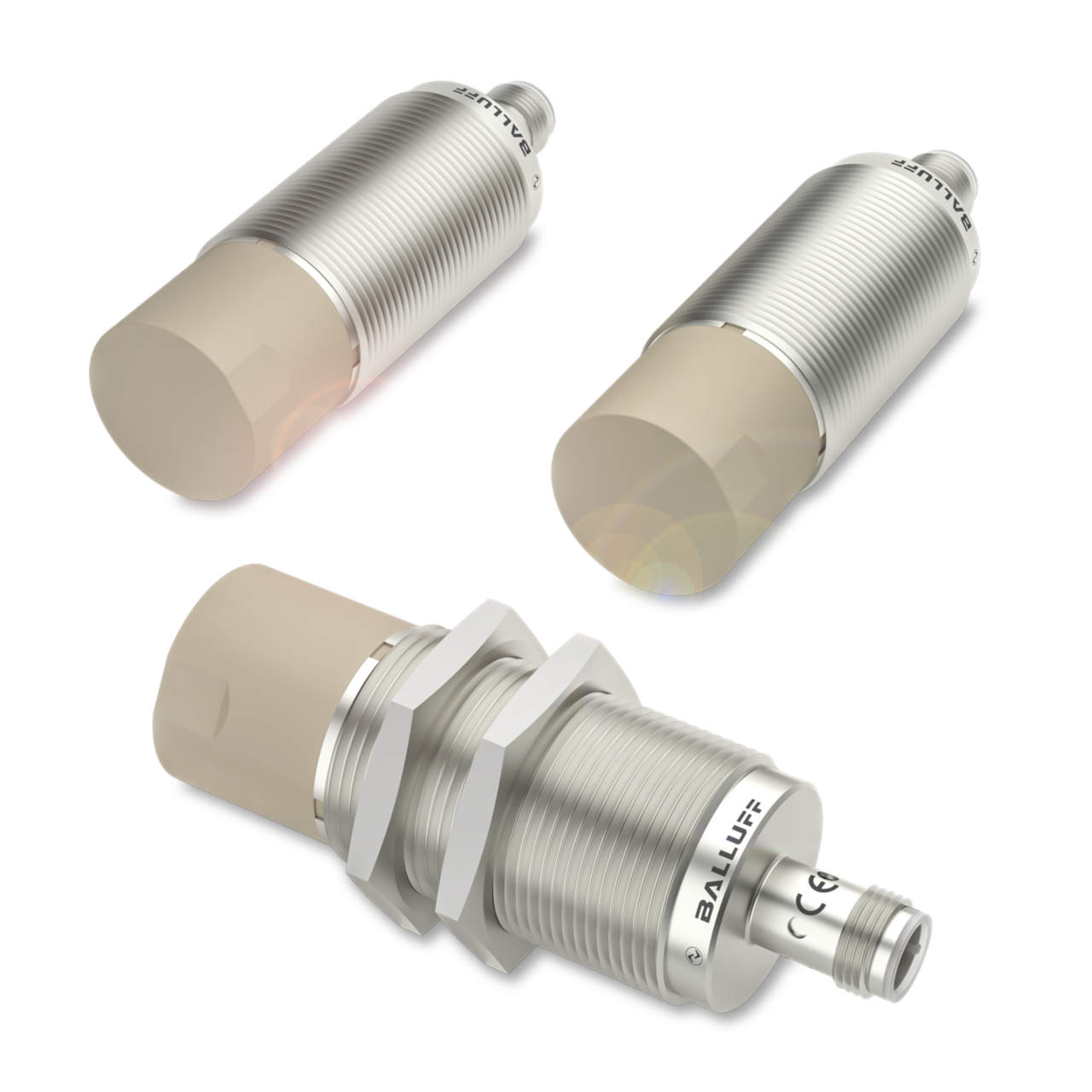Radar sensors
Precision and reliability thanks to modern radar technology
Precise measurement results with radar sensors
Radar sensors stand for precision, speed, and reliability – even in demanding environments. They deliver stable measurement results regardless of light, dirt, moisture, or temperature fluctuations, making them ideal for challenging industrial applications. With their high measurement frequency, long range, and precise resolution, radar sensors enable measurement tasks that are often not feasible with other technologies.

